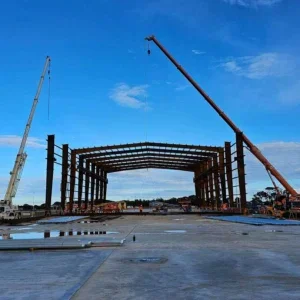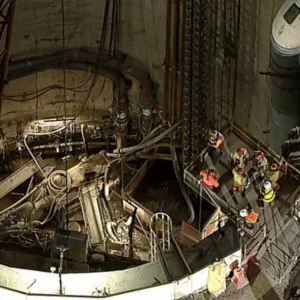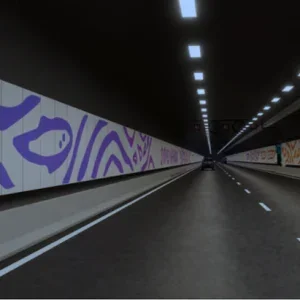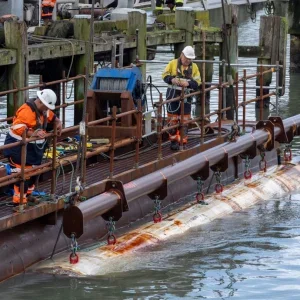A freight train was derailed in the Rebunhama Tunnel near Hokkaido in northern Japan after colliding with a two tonne concrete block that fell from the roof of the tunnel.
The incident, which happened at the end of November, is one of the most serious so far in the on-going saga of concrete lining problems in some of Japan’s high-speed train tunnels. It happened on November 28, ten days after technical staff from the railway company, Hokkaido Railways (JR Hokkaido), had inspected the tunnel.
A rail company spokesman said that staff spotted cracks in the section of tunnel that fell down, but they concluded there was no imminent risk of concrete falling on to the track. JR Hokkaido has reassessed its inspection procedures and plans to re-inspect all its tunnels following the incident. It has also received a warning letter from JapanÍs transport ministry telling it to improve its tunnel checks.
Nobody was hurt in the accident, which occurred at 02.30h, although JR Hokkaido said that the incident paralysed morning train services, causing 51 train cancellations and inconveniencing about 8500 passengers.
The slab of concrete, which was 2.5m long and 3m wide, fell from the ceiling of the 1.2km long tunnel about 240m from the tunnel portal. The driver of the 20-wagon freight train, which was travelling at about 60km/h from Nagoya to Sapporo, saw the concrete but was unable to stop in time.
Emergency inspections using hammer tests, carried out by about 100 JR Hokkaido staff, discovered cracks at 18 separate locations in the tunnel.
The rail company closed the tunnel while repairs, which involved fixing steel plates under the roof lining, were carried out.
A JR Hokkaido executive, Ichiro Kimura, said that about 100 steel supports had to be installed to support the plates. These plates would cover about 35m of tunnel.
Tunnel and concrete experts explained that the Rebunhama Tunnel has sweeping curves which pass through a mountain range and, because of the design, may have suffered from unexpected ground pressures.
The rail company planned to close the tunnel, which was constructed in 1975, for about a week while repairs were carried out.
This incident comes after a section of concrete was found in another JR Hokkaido tunnel on November 5. The two falls are the first involving train tunnels built in northern Japan, although there have been widespread problems, blamed on shoddy construction and poor maintenance procedures, that have affected bullet train tunnels in southern Japan.







